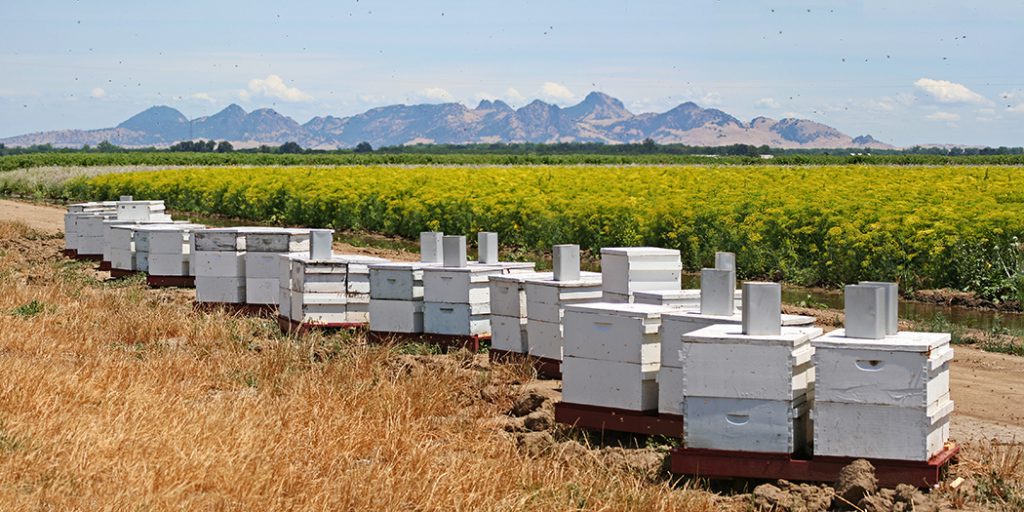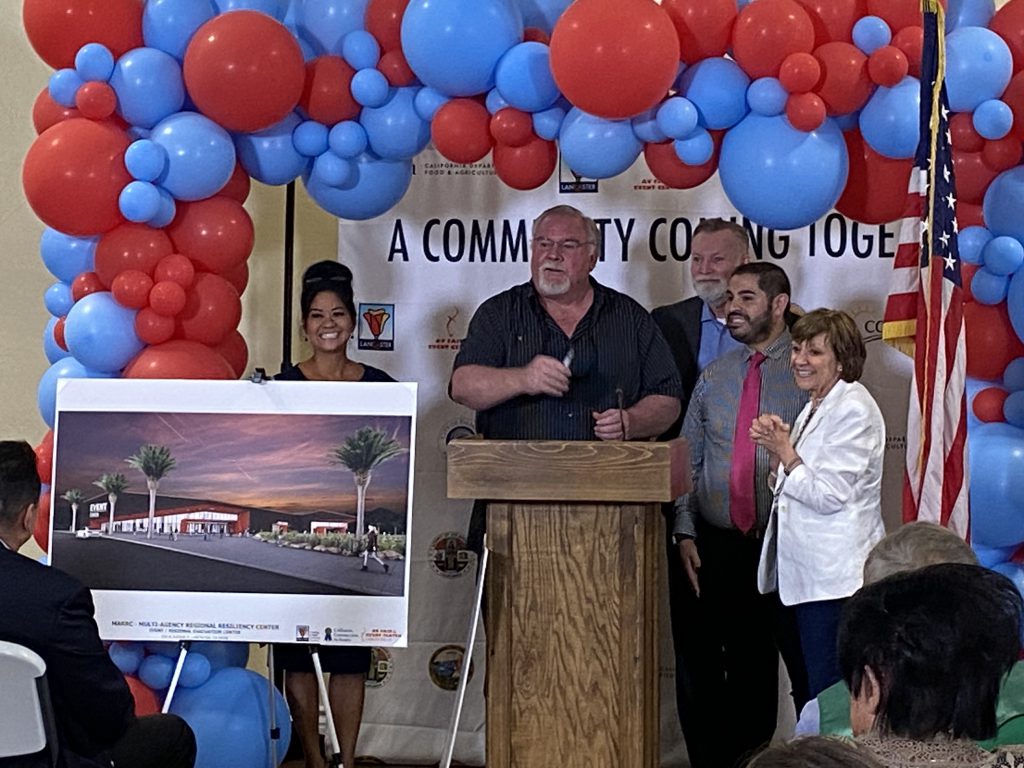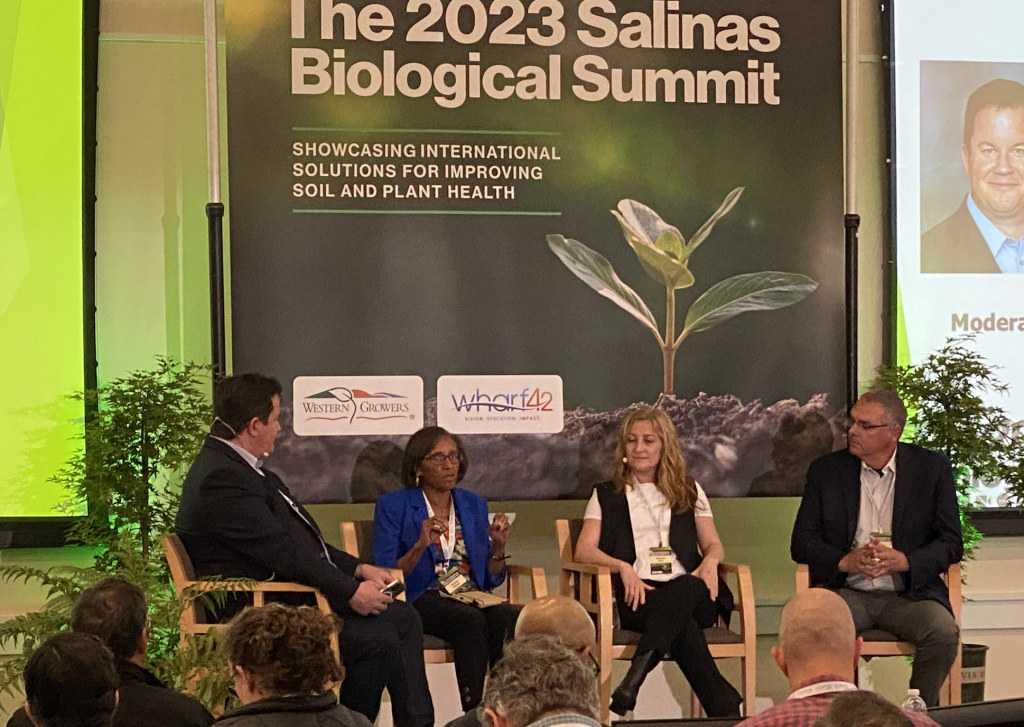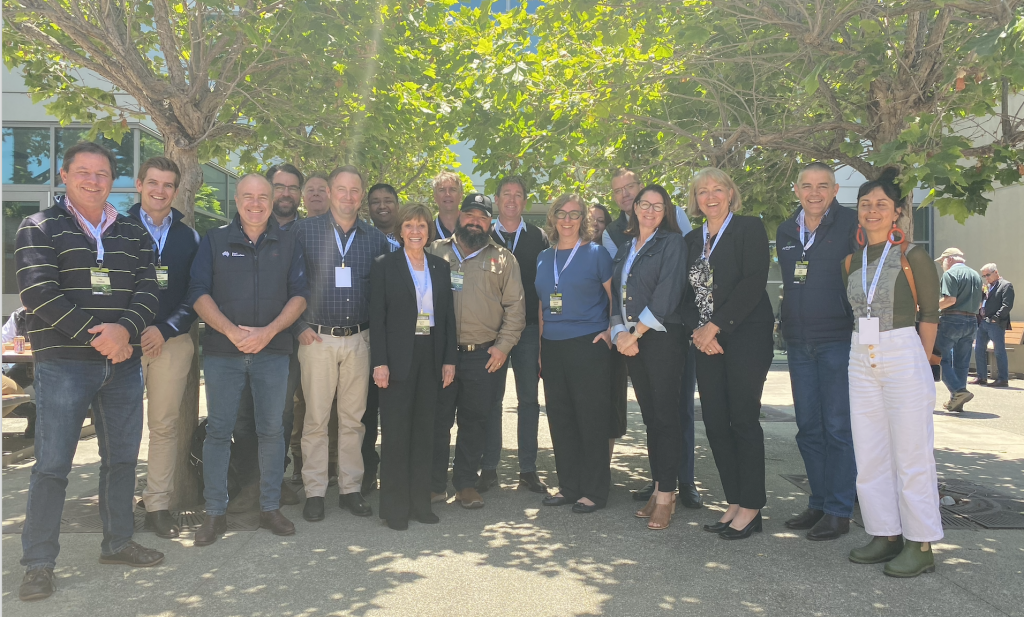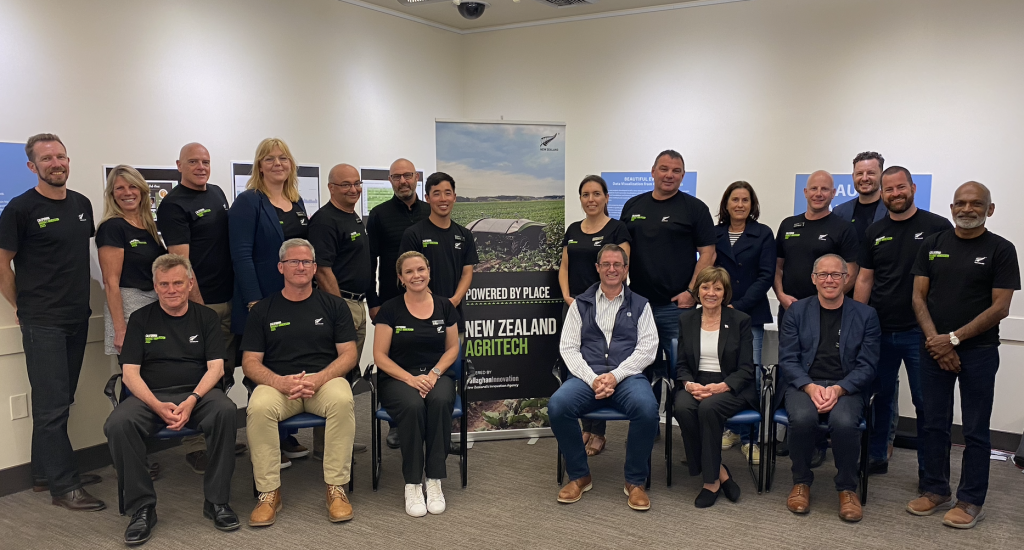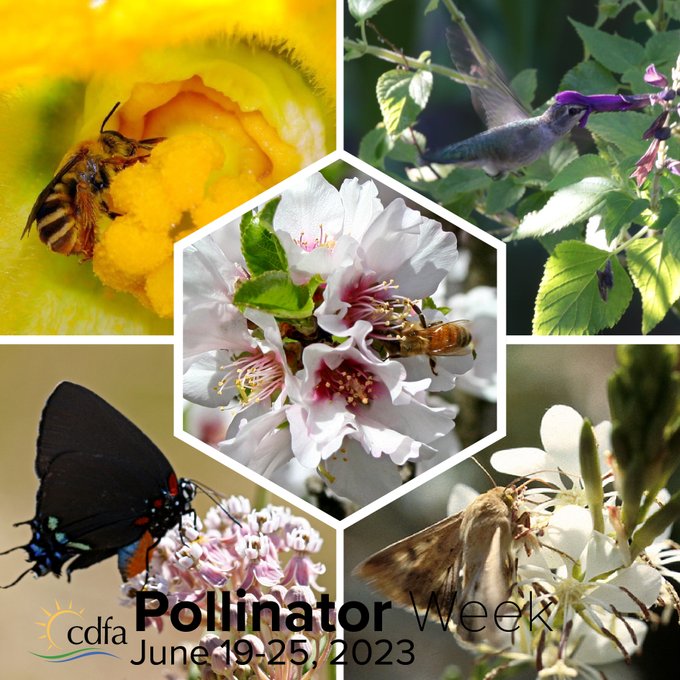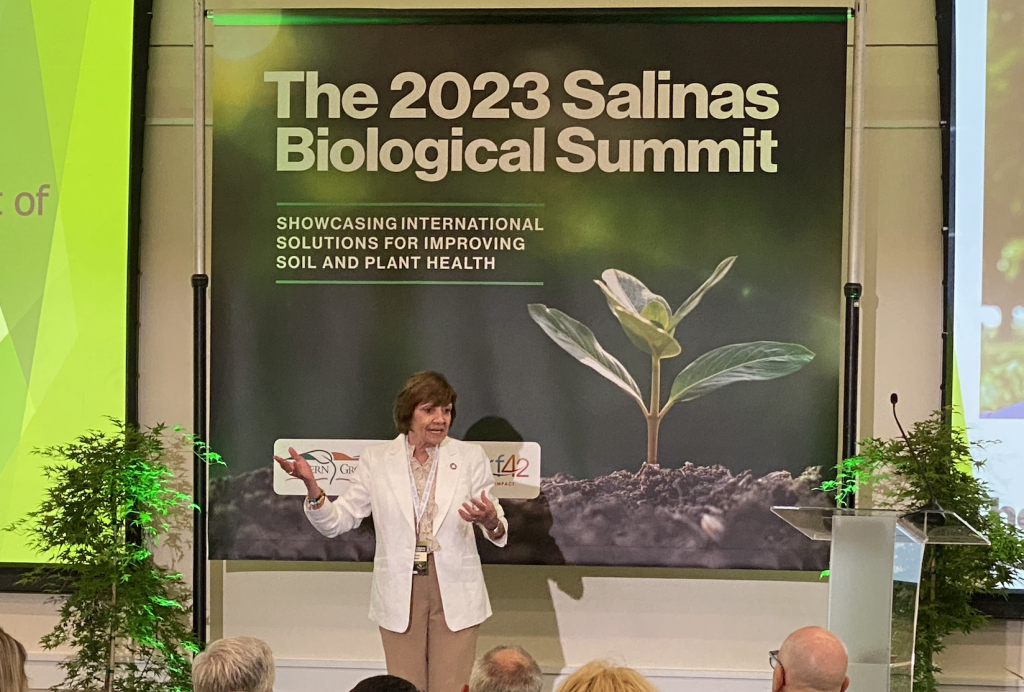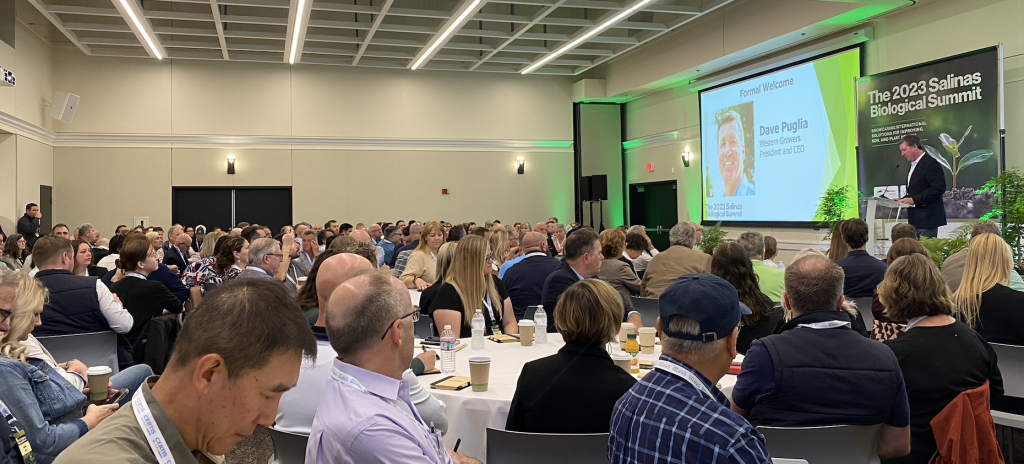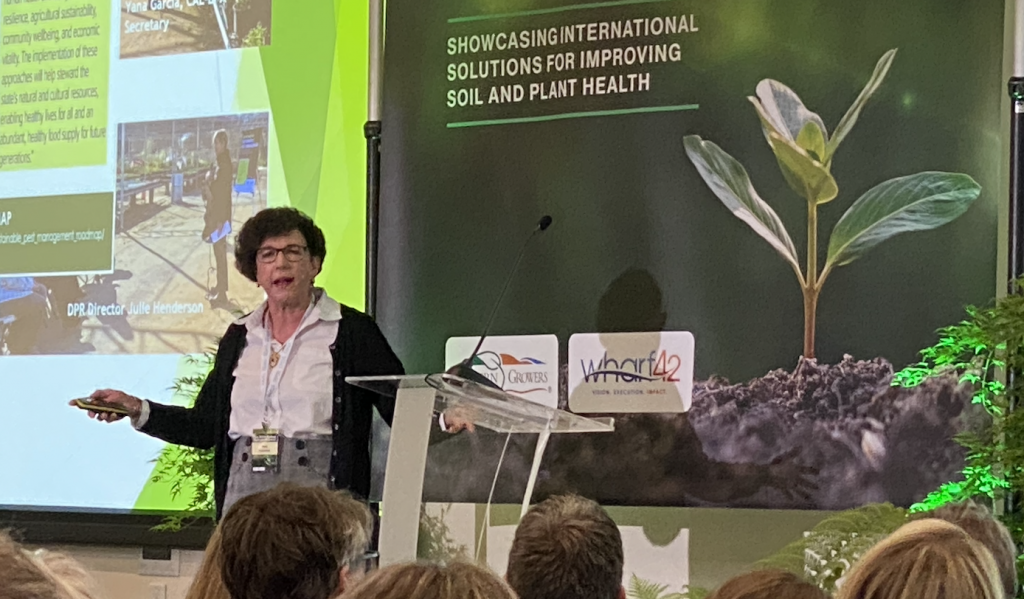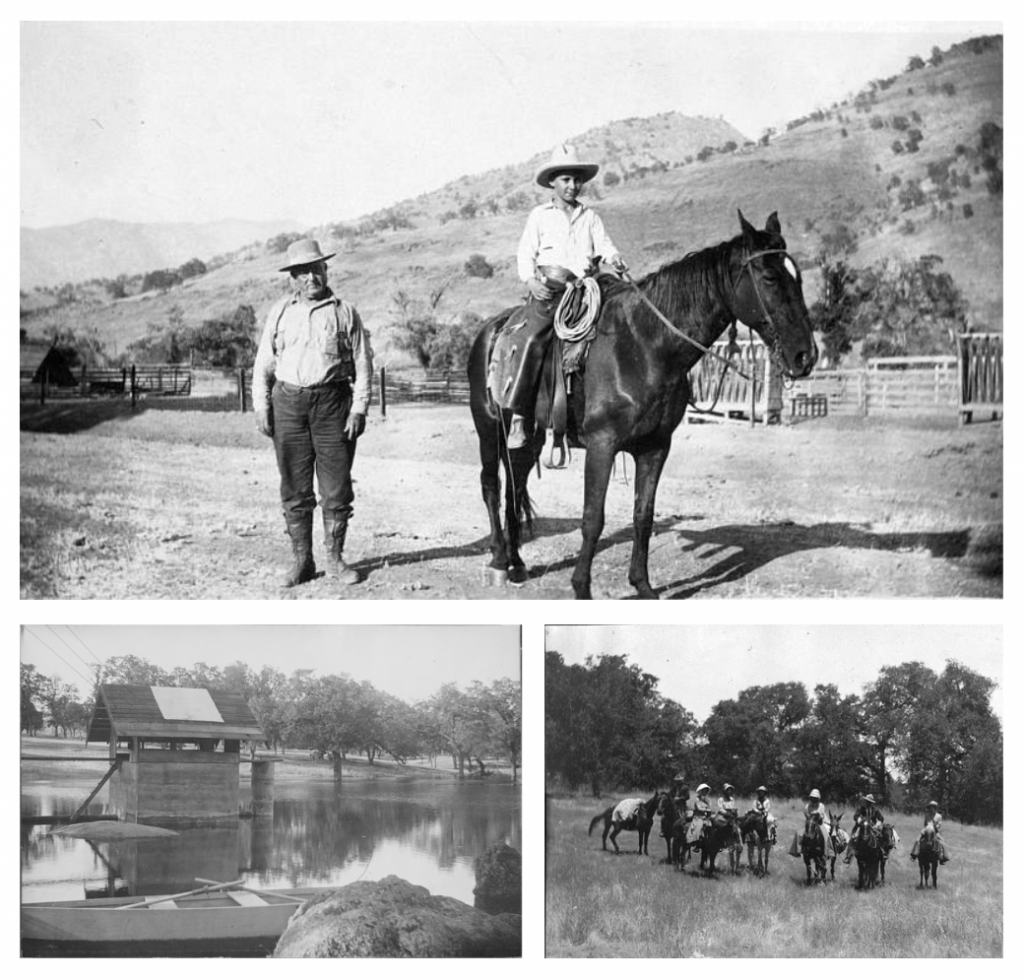Application window opens June 30
Rural Energy for American Program (REAP) funds from the USDA can be used to help those impacted by California’s drought. Projects to assist with irrigation, such as energy efficient pumps, may be eligible for funding. Here’s more information:
What does this program do?
The program provides guaranteed loan financing and grant funding to agricultural producers and rural small businesses for renewable energy systems or to make energy efficiency improvements. Agricultural producers may also apply for new energy efficient equipment and new system loans for agricultural production and processing.
Who may apply for this program?
- Agricultural producers
- An entity directly engaged in production of agricultural products where at least 50 percent of their gross income coming from agricultural operations.
- Small businesses
- Must be located in eligible rural areas and one of the following:
- Private for-profit entity (sole Proprietorship, Partnership, or Corporation)
- A Cooperative [including those qualified under Section 501(c)(12) of IRS Code]
- An electric utility (including a Tribal or governmental electric utility) that provides service to rural consumers and operates independent of direct government control)
- A Tribal corporation or other Tribal business entities that are chartered under Section 17 of the Indian Reorganization Act (25 USC 477) or have similar structures and relationships with their Tribal entity without regard to the resources of the Tribal government.
- Must be located in eligible rural areas and one of the following:
Who may qualify for loan guarantees?
Eligible borrowers are:
- Rural small businesses.
- Agricultural producers.
What are the borrowing restrictions for loan guarantees?
- Individual borrowers must be citizens of the United States or reside in the U.S. after being legally admitted for permanent residence.
- Private-entity borrowers must demonstrate that loan funds will remain in the U.S.
What is an eligible area?
- Projects must be located in rural areas with populations of 50,000 residents or less*.
- Check eligible rural areas
*Agricultural producers may submit projects to be located in non-rural areas as long as the project is associated with an on-site production operation.
How may the funds be used?
Funds may be used for the purchase and installation of renewable energy systems, such as:
- Biomass (for example: biodiesel and ethanol, anaerobic digesters, and solid fuels).
- Geothermal for electric generation or direct use.
- Hydropower below 30 megawatts.
- Hydrogen.
- Small and large wind generation.
- Small and large solar generation.
- Ocean (tidal, current, thermal) generation.




